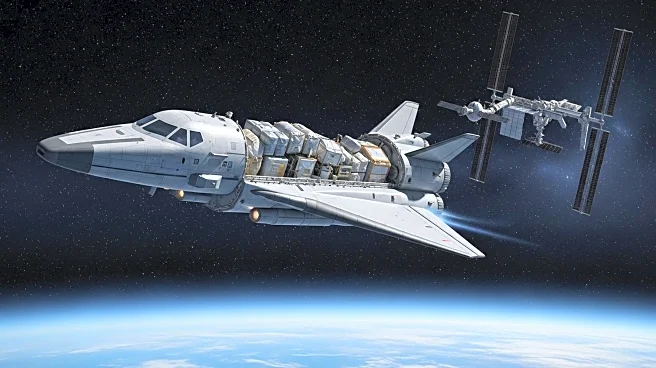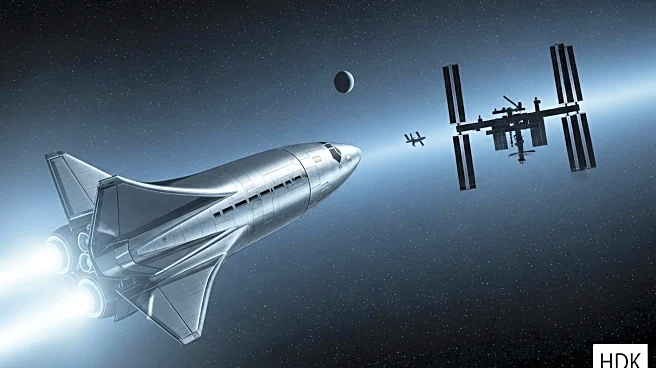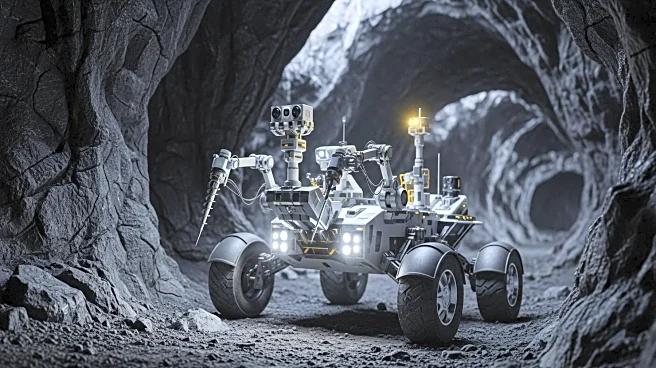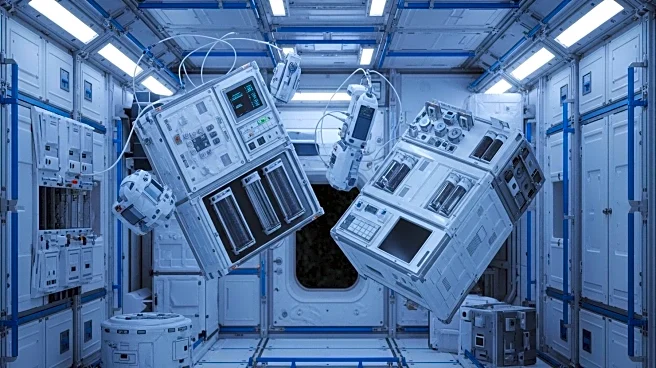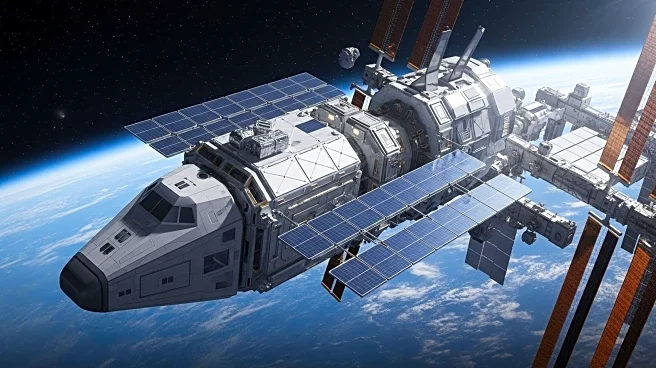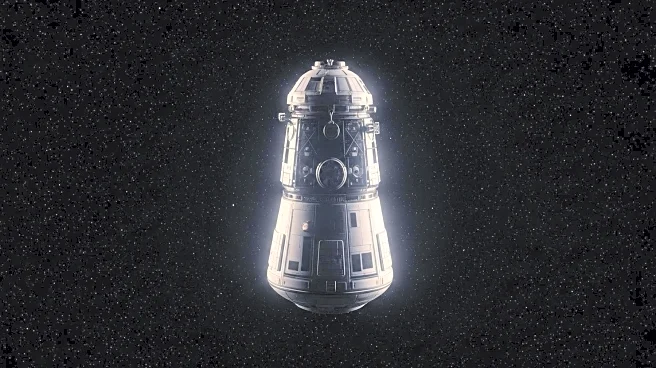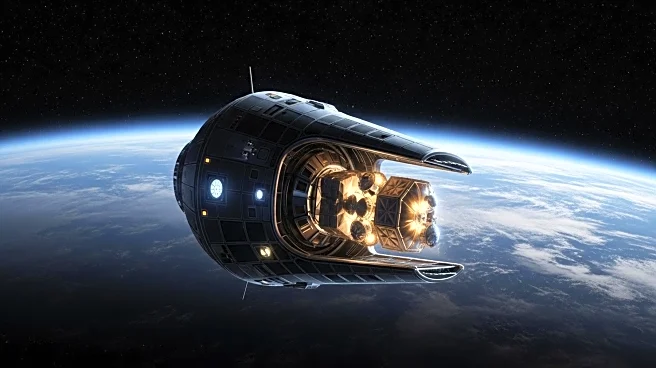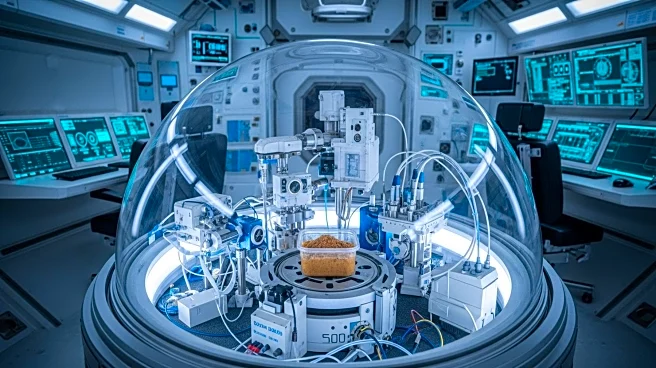What's Happening?
NASA's Langley Research Center in Hampton has entered into a Space Act Agreement with Embry-Riddle Aeronautical University to advance research, educational opportunities, and workforce development in aerospace. The agreement aims to leverage NASA Langley's aerospace expertise alongside Embry-Riddle's specialized educational programs to drive innovation in aerospace, research, education, and technology. This collaboration is expected to develop a highly skilled workforce for future space exploration and advanced air mobility. The partnership includes the development of an Augmented Reality tool using NASA sensor technology and data, which will enhance visualization and training for lunar and Mars missions.
Why It's Important?
This partnership is significant as it supports NASA's exploration goals and ensures the future workforce is equipped to maintain the nation's aerospace leadership. By collaborating with Embry-Riddle, NASA Langley is fostering innovation that benefits not only NASA but also industry, academia, and the nation. The development of new technologies and educational tools will enhance career readiness for students, preparing them to tackle future aerospace challenges. This agreement also aligns with NASA's Artemis campaign, which aims to return astronauts to the Moon and pave the way for human missions to Mars.
What's Next?
The agreement lays the groundwork for Embry-Riddle to develop an Augmented Reality tool using NASA's Navigation Doppler Lidar technology. This tool will advance capabilities for future Moon and Mars missions by enhancing visualization and training for entry, descent, and landing systems. The partnership will also provide Embry-Riddle students with direct research experiences, enhancing their career readiness. NASA is committed to partnering with various domestic and international entities to accomplish its diverse missions, including the Artemis campaign.
Beyond the Headlines
The collaboration between NASA Langley and Embry-Riddle highlights the importance of partnerships between government agencies and educational institutions in advancing technological innovation. It underscores the role of academia in preparing the next generation of aerospace professionals and the potential for augmented reality to transform training and visualization in space exploration.

